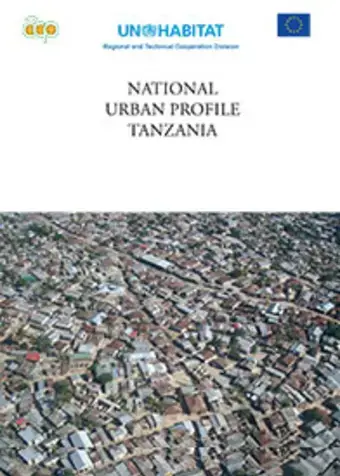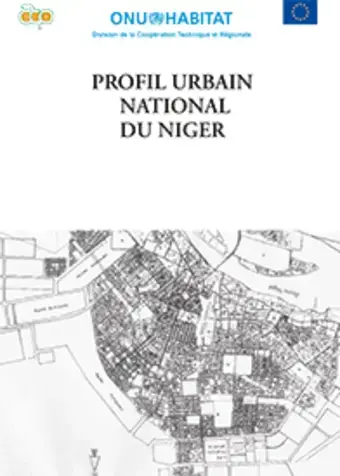Berlin, 04 July 2017-- In order to address the rising tide of refugees and migrants over the years, UN-Habitat co-launched the Mediterranean City-to-City Migration (MC2CM) project that brings together experts and cities to contribute towards improved migration governance at city level, including migrants' access to housing, basic services and human rights.
"The federation model of community organizing" - Sheela Patel, Slum Dwellers International
In the past two decades through a process called “Enumeration” through which the members collect at city level data about slums, Slum Dwellers International have created a mechanism which serves to create a city wide network of urban informal settlements with the intention of the dwellers to see themselves as part of a larger subsection of the city, whose needs have been neglected and whose voice has to reach the city and the national government.
Too Pressed To Wait - Jane Weru, Executive Director Akiba Mashinani Trust
Jane Weru, Executive Director of Akiba Mashinani Trust, in her lecture “Too Pressed To Wait” discusses the water and sanitation hygiene systems in informal settlements in Nairobi, and how they are causing a strain on both the physical and psychological health of people who live and work in these settlements, in particular women and girls.
UN-Habitat and AfDB in joint efforts to address Africa’s housing challenges
Nairobi 4 March 2014 - More than 200 participants from 40 African countries took part in three consultation workshops organized by the African Development Bank (AfDB) in collaboration with UN-Habitat to discuss the challenges and opportunities to improve access to affordable housing in Africa.
Mauritius launches slum upgrading project
 Port Louis: A workshop was held last week to launch the Participatory Slum Upgrading Project in Mauritius.
Port Louis: A workshop was held last week to launch the Participatory Slum Upgrading Project in Mauritius.
Slum Upgrading is all the rage in Kenya’s Kilifi County

Kilifi, Kenya, 24 September 2014 – Caleb Omondi is a music producer whose ears are always alert looking for the next talent he is going to release to the Kenyan public. The 30 year old father of one says because of the nature of his work, he is often required to work late arriving home in the dead of the night.
 Urban indicators are regularly collected in a sample of cities worldwide in order to report on progress in the twenty key areas of the Habitat Agenda at the city level. Data collection is conducted through local and national urban observatories as well as through selected regional institutions.
Urban indicators are regularly collected in a sample of cities worldwide in order to report on progress in the twenty key areas of the Habitat Agenda at the city level. Data collection is conducted through local and national urban observatories as well as through selected regional institutions.

